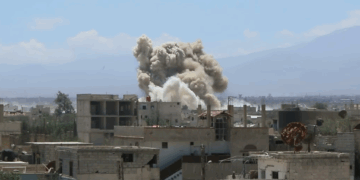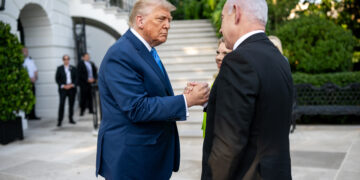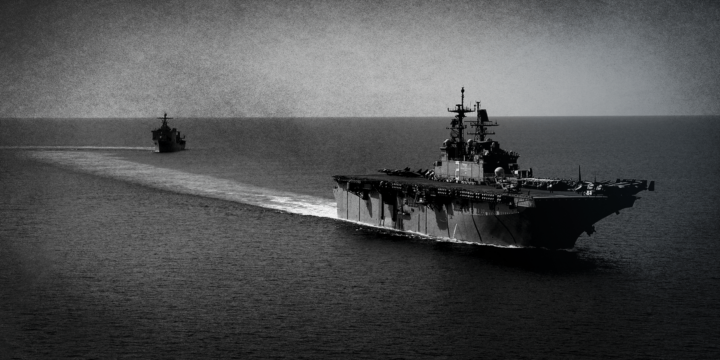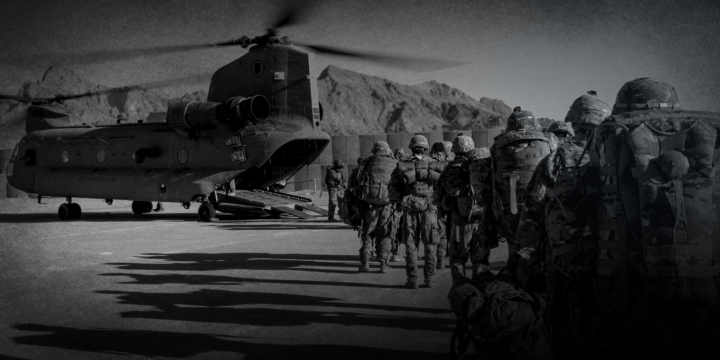February 21, 2024
Iran created a Frankenstein’s monster in the Middle East

The conventional wisdom these days is that Tehran is behind the various atrocities and aggressions committed by its partners and proxies throughout the Middle East. The reality, however, is far more complicated. Perhaps the best way to understand the relationship between Iran and the so-called “axis of resistance” is to view that relationship through the lens of Mary Shelley’s classical horror novel, “Frankenstein.”
Dr. Victor Frankenstein created his monster with an eye to improving his own fortunes and advancing his own interests, and Iran created a monster of its own for those very same generic reasons. Iran created the axis of resistance—which includes Hamas, Hezbollah and the Houthis—as a kind of defensive parapet, a protective shield that would keep the Israelis, the Saudis and especially the Americans from posing a military threat to the sovereignty and security of the Islamic Republic. The axis was thus meant primarily to be both a buffer and a deterrent. In more maximalist terms, it was also conceived as a means of consolidating Tehran’s power and influence throughout the Middle East.
In support of this strategy, Tehran provided its partners and proxies throughout the region with the resources they needed—funding, training, weapons and intelligence—for them to evolve into effective fighting forces. The goal was to create a constellation of forces capable not only of shielding Iran from attack, but also of inflicting harm on American, Israeli and Saudi assets if Iran thought that might advance its regional agenda. In other words, Tehran wanted to create a network of partners and proxies that would supplement Iran’s own defensive and deterrent capabilities.
But just as Dr. Frankenstein ultimately never really did control his monster, so too Iran has never really controlled the monstrous axis it created. At best, the interests of Iran and the members of that axis are broadly aligned. But each of Iran’s partners and proxies ultimately has its own agenda, its own internal political dynamics, and its own geopolitical anxieties. And each is motivated more by these factors than by the interests they share with Iran. In short, Iran’s partners and proxies are less like marionettes jumping around as Iranian officials pull their strings and more like monsters of the sort Dr. Frankenstein built and animated.
More on Middle East

By Daniel DePetris and Rajan Menon
July 17, 2025

Featuring Rosemary Kelanic
July 17, 2025

By Jennifer Kavanagh and Dan Caldwell
July 9, 2025
Events on Iran






